In his thesis Houssem Ben-Lahmar has proposed a set of new recommendation approaches supporting users alongside the full process of visual data exploration.
Provenance-based Visual Data Exploration
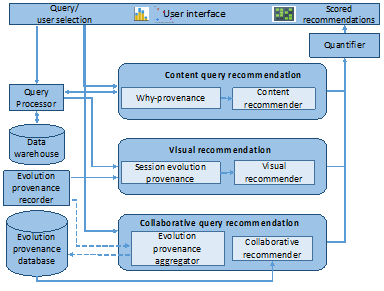


In his thesis Houssem Ben-Lahmar has proposed a set of new recommendation approaches supporting users alongside the full process of visual data exploration.
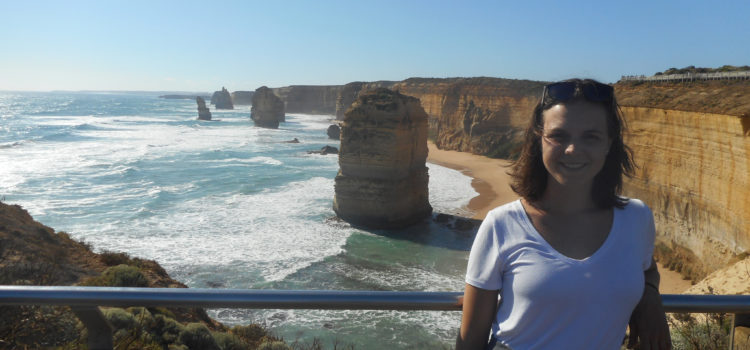
I am a PhD student in the Life Science Informatics Group of Prof. Dr. Falk Schreiber at the University of Konstanz and visited the Immersive Analytics Lab at Monash University (Melbourne, Vic, Australia).
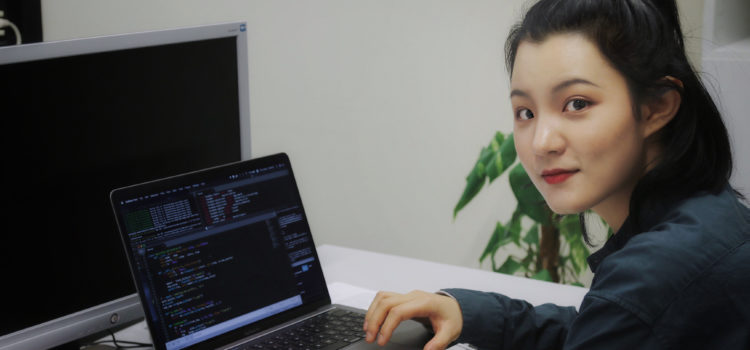
Xin Zhao from the visual computing group at Cardiff University spent three months as visiting researcher with SFB-TRR 161 project A05 at the University of Konstanz.
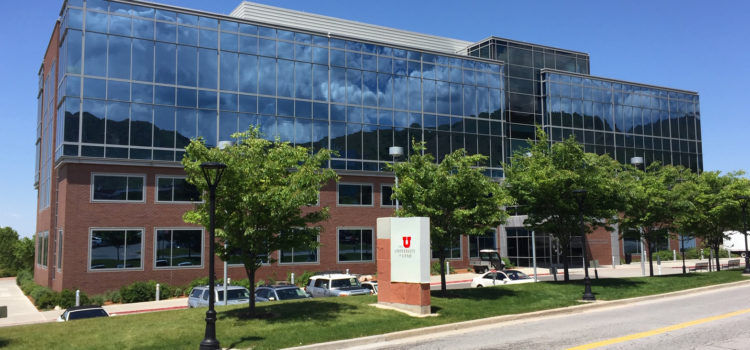
During my research stay, I joined the Visualization Design Lab (VDL) at the University of Utah, which is led by Prof. Miriah Meyer and Prof. Alexander Lex. It is embedded in the larger Scientific Computing and Imaging Institute (SCI).
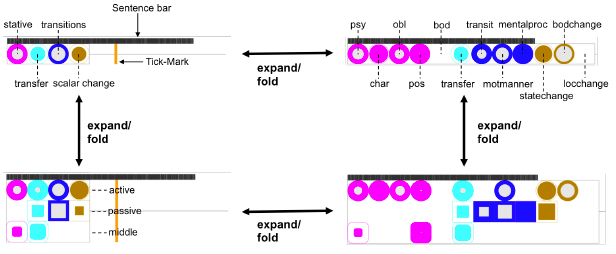
Linguistic data is inherently multidimensional, with complex interactions between
different linguistic features and structures being the norm rather than the
exception. Historical linguistic change typically is the result of such complex interactions.
The core remit of historical linguistic work is to identify a language change
and to understand how different relevant factors have interacted with each other
across time to effectuate the change.
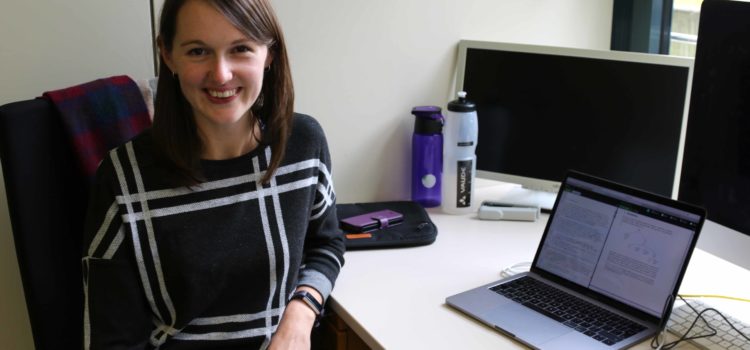
Hannah Booth from UK tells about her intersting research time at Miriam Butt’s project D02.

Boris Sotomayor-Gomez from Universidad Austral de Chile participated in research on augmented and virtual environments.

During his 8-month research stay in Konstanz, Xingija Pan worked in the Visual Computing workgroup of Prof. Oliver Deussen.
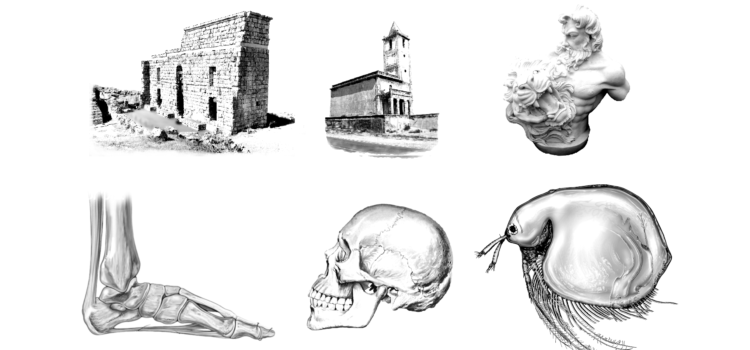
Computer graphics is mostly associated with the creation of artificial images that resemble real photographs as close as possible. However, realistic representations usually contain more information than necessary to transmit intended information. Abstract images can be used to convey information more effectively. The field of non-photorealistic rendering focuses on the automatic creation of these expressive illustrations, often inspired by the work of real artists.

Between the 11th until 15th of February I attended the Augmented Reality Summer School at the University of Auckland, in New Zealand. There, I had the opportunity to use the MagicLeap One, a sophisticated Optical See-Through Head-Mounted Display (OST-HMD) device. I enjoyed the trip and came back home very inspired to continue with my research activities.